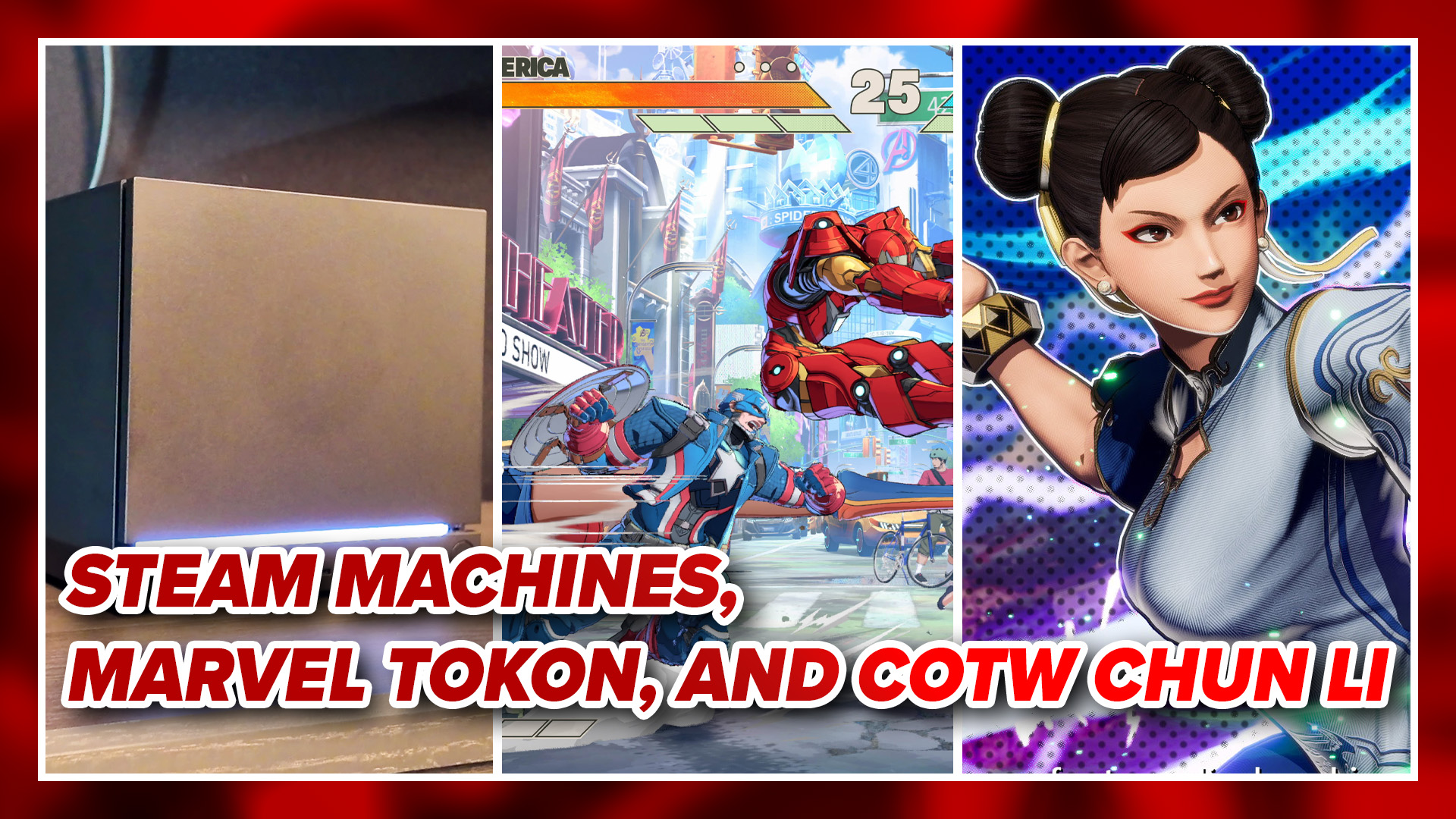
ATLUS has brought Sting Entertainment’s Gungnir to North America over a year after its initial Japan release. Gungnir, unlike most tactics games, does not focus on the fighting. It focuses on the story, which puts game play in a tough position to compete.
Gungnir follows the story of Guilio, a Leonican boy that is part of the resistance army Esperanza. On a trip to salvage goods from a trader, Guilio and his troops rescue a girl that is of great interest to their enemy, the Daltania. In a losing battle to protect his town and the girl, Guilio dies and becomes the chosen one capable of using the demon lance, Gungnir. The lance is too great for any ordinary human, but in Guilio’s hands, it will provide the power to defeat the evil empire.
The story explores themes of discrimination, inequality, war, and ultimately the story of a boy becoming a man. Sting doesn’t hide the fact that they want the story to be thought provoking as the themes are clear from the start of the game. However, it seemed that they ignored adding any improvement to the game play.
Gungnir’s visuals stick to the familiarity of a classic RPG such as sprites that appear in battle on a darker background and flashy transitions between event and battle sequences. Each character appears in a hand-drawn form while in an event scene. The characters each have their own unique palette and style to them. Sadly, the work put into the characters gets lost in the heads-up display.

(Note: Imagery has remained the same after translation.)
The heads-up display has similarities to past Sting titles, however, Gungnir is just a hot mess. Sting’s Riviera had a clean look appropriate for the PSP, while their Knights in the Nightmare was able to pack more information on the screen because the DS offered a second screen to complete tasks. Gungnir manages to show every piece of information at all times, which I found unnecessary. It made sure I knew that it was an event scene, where it was taking place, the time and date, and what chapter it was. In the event that I had forgotten, it had a flashing ticker behind the character saying “now talking.”
The overpopulated screen didn’t help much when it came to battle events. Battles add more information to the screen that players must pay attention to. After you have readied your units for battle, the turn order displays as well as the Tactics Gauge. The turn order is bothersome, as it will allow for one of Guilio’s units to take an action but will then allow multiple enemy’s units to go. More often than not, twice as many enemy units will advance before Guilio’s units. I believe this has something to do with the time delay each unit has.
Delays are a countdown on each character in battle, once it hits zero the unit gets to take its turn. The problem I saw was that no matter where the countdown was, at least four of the enemy units would advance before one of my units. Scrambling is a device that allows players to jump ahead in the turn order. It uses up Tactics Points that players gain throughout battle so that it can’t be overused. However, when cutting in the order of four enemy units going, it’s still just two of Guilio’s units versus their four. After a while, I stopped paying attention to them and focused more on executing beats, which are combo attacks completed by up to four units.

There isn’t much to the controls, they are like any other tactical game. The analog stick controls camera movement. The d-pad controls are relative to the camera. On “Type A,” pressing up on the d-pad will go towards the upper right of the map. Using “Type B” will go towards the upper left. I prefer “Type B” and find the default controls too cumbersome.
Gungnir is a slow game and it will offer hours to fans. There are 26 chapters to play through while diving into the heavy story that Sting has planned for players. Sadly, despite an interesting take on a story, nothing else kept an interest for me.




